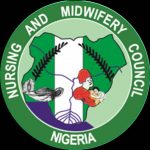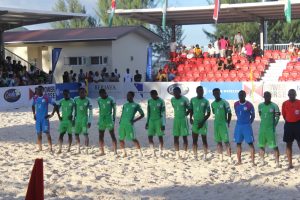
Credit: nasa.gov
If you are interested in becoming a NASA Astronaut kindly read this.
Opportunities to become @NASA_Astronauts are currently open until Tuesday, April 16.
You can find the requirements and application process here.
For over sixty years, NASA astronauts have ventured into space, with continuous habitation since 2000. The Artemis program aims to make history by landing the first woman and next man on the Moon. Utilizing the Orion spacecraft atop the Space Launch System (SLS) rocket, NASA plans to extend human exploration farther into space than ever before, with missions to the Moon and eventually Mars.
Key Requirements:
- Must be a U.S. citizen
- Hold a master’s degree in a STEM field from an accredited institution
- Possess a minimum of three years of relevant professional experience post-degree completion (or 1,000 Pilot-in-Command hours with at least 850 in high-performance jet aircraft for pilots). For medical doctors, residency time can count towards experience and must be completed by June 2025.
- Must successfully complete the NASA long-duration flight astronaut physical.
Alternate qualifications for the master’s degree requirement include:
- Two years of work towards a doctoral program in a related field
- Completion of a Doctor of Medicine, Osteopathic Medicine, or related medical degree
- Completion (or current enrollment with completion by June 2025) of a nationally recognized test pilot school program
In addition to meeting these criteria, astronaut candidates must demonstrate skills in leadership, teamwork, and communications.
The Artemis Generation astronauts will pioneer new frontiers, exploring and conducting experiments at the lunar South Pole, a place never before visited by humans.
NASA’s Astronaut Selection Board evaluates applications and qualifications, inviting a select few for interviews at NASA’s Johnson Space Center in Houston, Texas. Following these interviews, about half of the candidates are called back for second interviews. From this group, NASA selects its new astronaut candidates, who undergo training at Johnson for approximately two years. During this time, they acquire essential astronaut skills such as spacewalking, operating the space station, flying T-38 jet planes, and controlling a robotic arm.
With NASA’s ambitious plans for future exploration, new astronauts will journey farther into space than ever before on lunar missions, potentially becoming the first humans to set foot on Mars.
Kindly like, share and leave your comments.





















